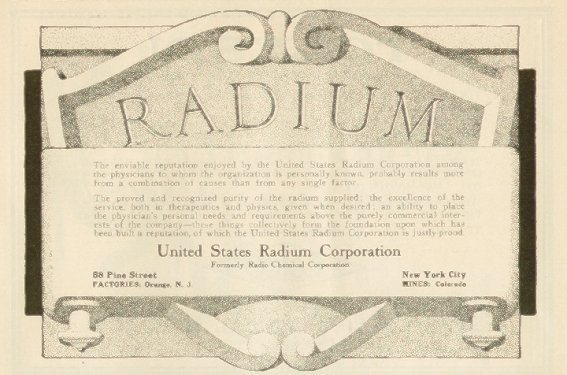

The "M&E" later became a vital part of the Delaware, Lackawanna, & Western Railroad (DL&W) and survives today as NJ Transit's busy Morristown Line. On October 2, 1837, the first steam locomotive appeared, and the horses were, with minor exception, relegated to pasture. The Morris & Essex Railroad arrived in Orange in November 1836, its first cars drawn by horses. Initially, the stagecoach was the primary method of transportation, and then omnibuses of the Eclipse and the Morris & Newark Lines serviced Orange. Therefore, the town became a busy thoroughfare for travelers, and hotels abounded due to the advent of stagecoach travel. Pleasant Turnpike, the main road from Newark to Morristown, and ultimately to Easton, Pennsylvania. Orange was connected with the metropolitan area markets as early as 1705. It then became known as the City of Orange Township. April 3, 1872, Orange was officially incorporated as a city by an act of the New Jersey State Legislature. The other areas separated from the Town of Orange on various dates: South Orange was organized on JanuFairmount (later to become part of West Orange) on MaEast Orange on Maand West Orange (including Fairmount) on March 14, 1863. Almost immediately, the new town began fragmenting into smaller independent communities primarily because of local disputes about the costs of establishing the new departments. William Pierson was elected as the first Mayor of the Town of Orange. As a result of achieving status as a town, Orange was permitted to establish fire, police, street and other town departments. On January 26, 1860, Orange was then incorporated as the Town of Orange. Day was elected as the first Chairman of the Orange Township Committee. On Tuesday, April 7, 1807, the first government was elected at a town meeting. Orange was initially the agricultural portion of the City of Newark, and remained such until November 27, 1806, when the territory now encompassing all of the Oranges was detached, thus creating the Township of Orange by an act of the New Jersey State Legislature. It was derived from the name of England's ruling house, the House of Orange. Previously referred to as the "Mountain Society" area, the name Orange was first used and adopted by the settlers in 1780. They arrived on territory now encompassing Newark, the four Oranges, and other nearby municipalities. Since Carteret was the Royal Governor of the Isle of Jersey, the territory became known as "New Jersey." In 1666, 30 of New Haven's Puritan Congregationalist families took the perilous journey by water to found "a town on the Passayak" River in order to escape religious persecution.

In 1664, James conveyed the land to two proprietors, Lord John Berkeley and Sir George Carteret. The area was situated in the northeast portion of a land grant conveyed by King Charles II of England to his brother James, Duke of York.

Orange, New Jersey, has origins in Connecticut's New Haven Colony. The City historically contained two marsh land areas bounded by the North side of Main Street, between Day Street and South Harrison Street, stretching to Highland Avenue and both sides of Irvington along South Center Street. Site Responsibility: This site is being addressed through Federal actions.The City of Orange Township is approximately 2.2 square miles and is surrounded by the municipalities of East Orange, South Orange and West Orange. All area residents and businesses are supplied with municipal water. The main portion of the Site is located in a densely populated, urban residential neighborhood. The noncontiguous affected properties are occupied by residences, light industries, offices, grocery stores, and apartment buildings.

In addition, radium-contaminated soil and debris were identified at approximately 250 noncontiguous properties in the vicinity of the former plant and at various other locations throughout the municipalities of Orange, West Orange, and South Orange.Īt this time, investigations to identify additional contaminated properties are complete, and the cleanup of contaminated properties is essentially complete. As a result of those operations, the facility buildings and soil became contaminated with radionuclides. Approximately 1/2 to 2 tons of ore per day was processed and disposed of on and off the property. Radium Corporation facility, which covers 2 acres in the City of Orange, Essex County, New Jersey, is a former radium-processing plant where extraction, production, application, and distribution took place from about 1915 through 1926.


 0 kommentar(er)
0 kommentar(er)
